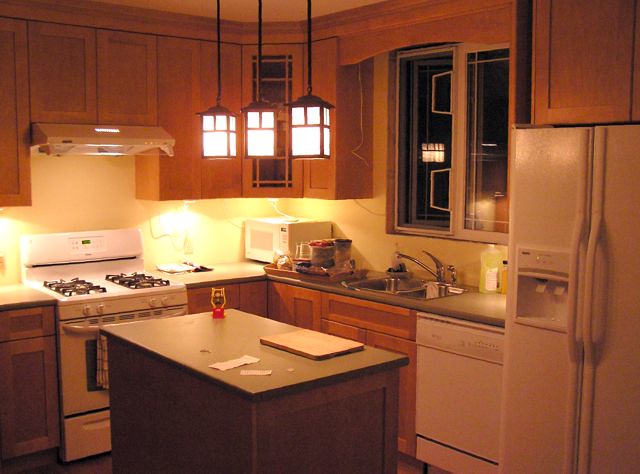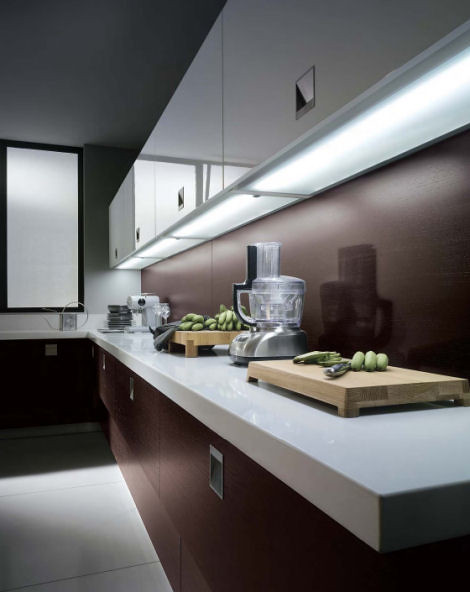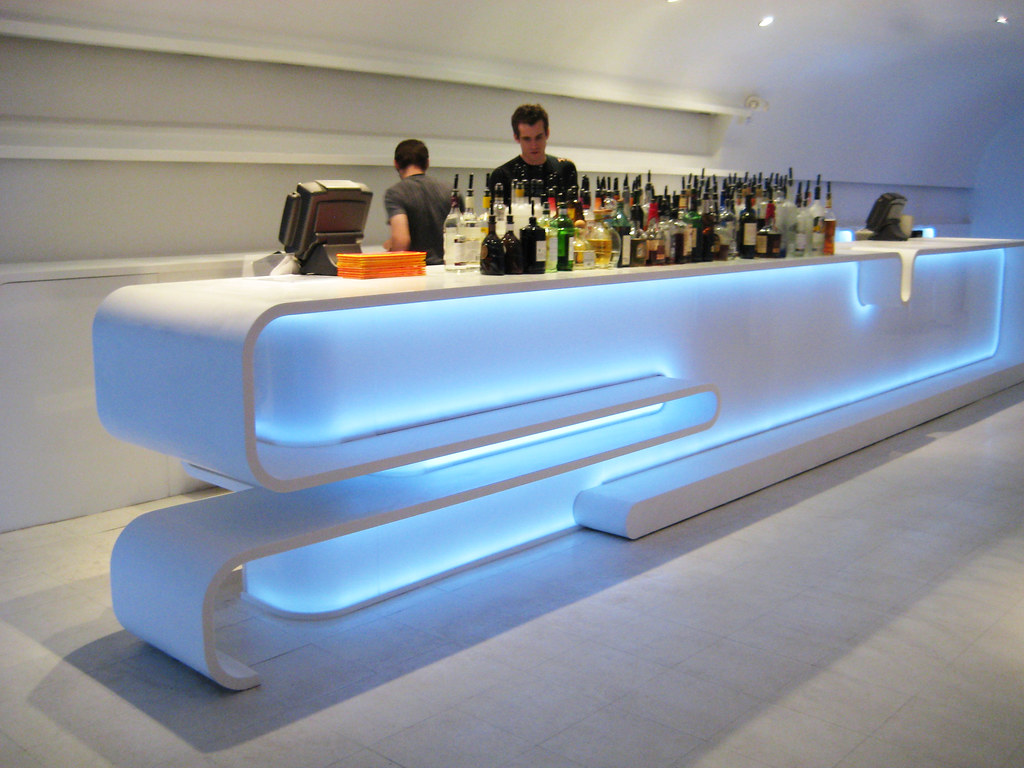Your Cart is Empty
Limited Time! Free Shipping Within The U.S.

Under-cabinet lighting has enhanced many kitchens since the 1970s. Back then, incandescent and fluorescent lights have been the only options. As halogen moved up as the main choice for household lighting, so does under-cabinet lighting. Nowadays, LED is the most popular options, for many reasons we've discussed in our previous articles.
The technicals surrounding the under-cabinet lighting also evolved with the lighting choices. Yet, the principle stays the same, not only under-cabinet lightings improve the aesthetics of your kitchen, but they also enhanced its functionality, assisting preparation and the cooking activity itself.
We'll guide you step by step until you got your perfect under-cabinet lighting, starting from choosing your color temperature.
You may ask: Why talk about color temperature? I just want to get straight to installations!
Simply because choosing a color temperature is indeed a necessary step before you buy your under-cabinet lighting. It will contribute to the overall kitchen aesthetics and improve an otherwise dull one.
Different cabinet materials will go well with different color temperature, and will significantly enhance the color of the material itself.
As we can see, colors are measured in Kelvin temperature. 1,000-3,000 Kelvin range is the warm tones range. You may have heard the term 'warm white' before, it belongs to this group, and warm white lightings are measured in 2,700-3,500 Kelvin.
If you are interested in more details about color temperatures as well as the technicals behind it, check an article by Discover Lighting here.
How to choose your color temperature? As mentioned, it will largely depend on your cabinet material, with the following rule of thumb:
Next, we move on to the types of lighting.
Many types of lighting can be used in an under-cabinet application. However, in modern application, generally there are 4 choices you may use:
Today's fluorescent doesn't produce any hum, and there's no delay when powered up, unlike their 1990s predecessors. Generally, they are available in 3000K, 4100K or 6400K color choices, so you can choose the one that fits your countertops better as mentioned in the previous section.
It's hard to find an advantage of fluorescent, as many of its good qualities are replicated, if not surpassed by longer-lasting LEDs. The thing is, fluorescents can be a lot cheaper than LEDs at the moment, and can certainly be a reason.
Puck lights are popular because some of them are battery powered, eliminating the headache associated with the wiring installation. Available with Xenon, LED, and halogen light sources, but the Xenon ones are generally undesirable for kitchen use because they tend to burn hot.
Low-voltage versions are also available, but you will need a transformer to power it. There are also cool ones with motion-sensors equipped, that will flick on with a detected movement within five feet.
There are light bars dedicated for under-cabinet use, allowing very easy installation as well as a modern, beautiful design. However, as it's fairly new, it is fairly expensive, with the price pushing close to $30 for a 12" bar.
Some require an external transformer, and can require more space. So, if you decide on this type, those without transformers are preferable.
Quite possibly the most popular choice at the moment, because of its flexibility and thinness, simplifying the installation process. However, the light produced is not as bright as other options and have limited surface area.
Once you decided on your lighting of choice, we move on to determining its power source.
Same rules apply if your lighting of choice needs a dedicated power supply, which is common in LED strips. Choose a power supply with 20%-25% spare power capacity to avoid overloading.
Think under-cabinet kitchen design should be monotonous? Think again. See the following examples that may trigger your creativity.

As mentioned, traditional kitchen with wooden feel goes better with warmer, yellowish color temperature. The lighting will emphasize the color of the wood materials.

White countertops go better with cooler color temperature. An excellent example of how to conceal your light bulbs/strips by covering it with acrylic or other transparent materials. It also helps to diffuse the lights.

A gorgeous modern kitchen with cool color temperature. Notice how the overall room lighting also contributes to the overall coloring.

Bars are also a common application for under-cabinet lighting. This is also an example how you can experiment with color to change the overall feel of the design.
Interested to install your under-cabinet lighting, and looking for the help of a professional? You don't have to! The installation is easier than you thought, and can be done with fairly simple tools already available in your household.
Here are some notable tutorials to help you with your installation process:
Here are some notable tutorials to help you with your installation process:
Now you got all the basics covered and you're ready to install your own under-cabinet lighting system. Check out our collections for under-cabinet lighting here,we have many selections available from halogens to LEDs to touch-activated options.
Thanks for posting a blog about under cabinet light in a deep approach. Hope you add more in future also. thank you
Comments will be approved before showing up.
kimmy kervel
June 02, 2020
thanks for sharing your over under cabinet lighting. your blog is quit informative and useful for us,Hope you add more in future also. thank you!!